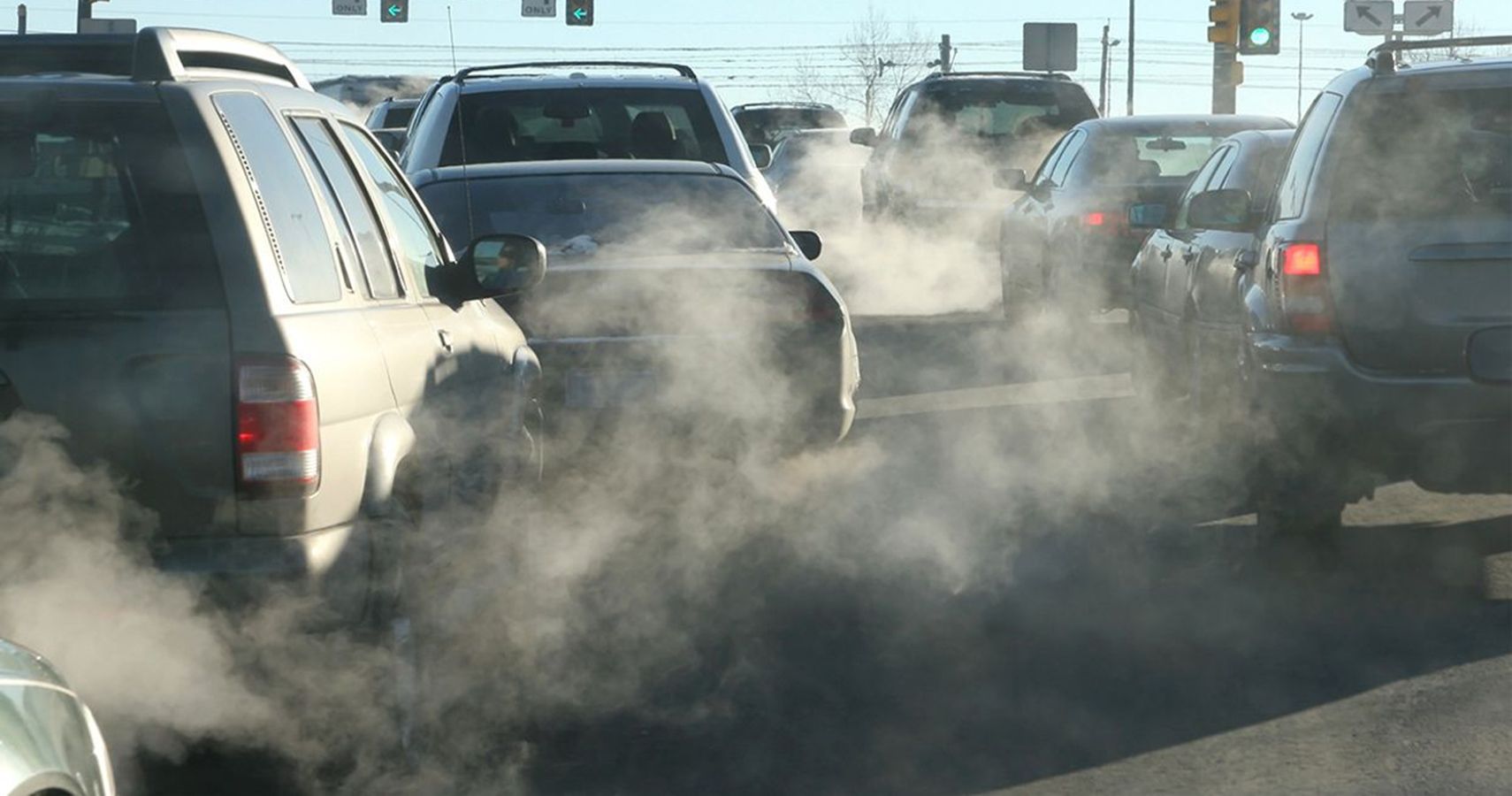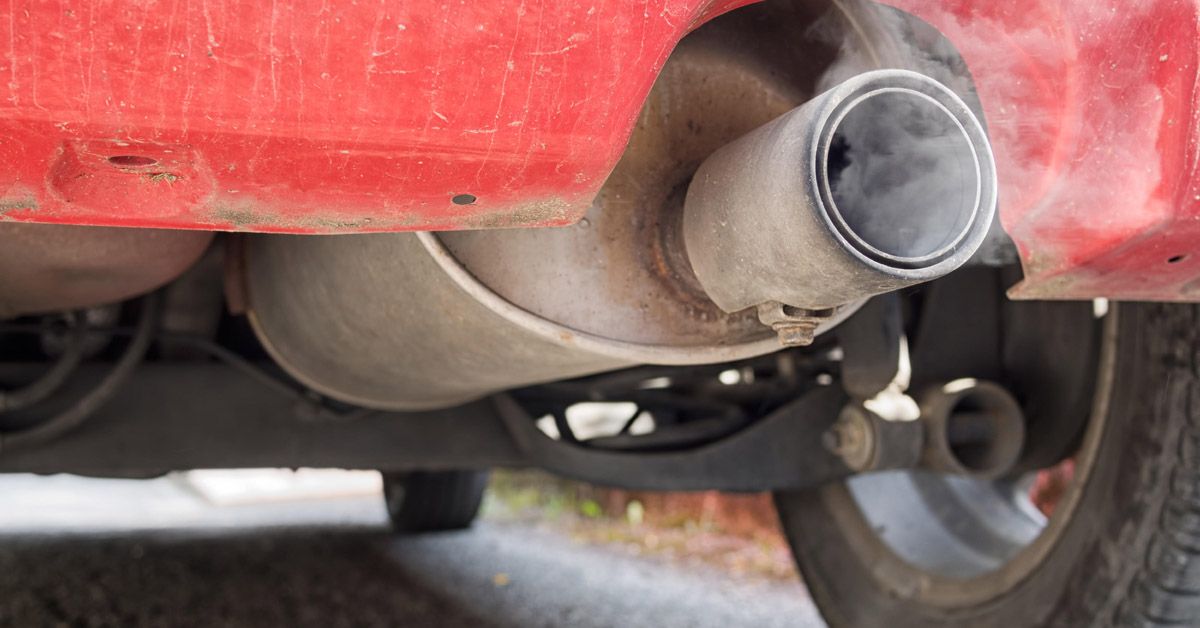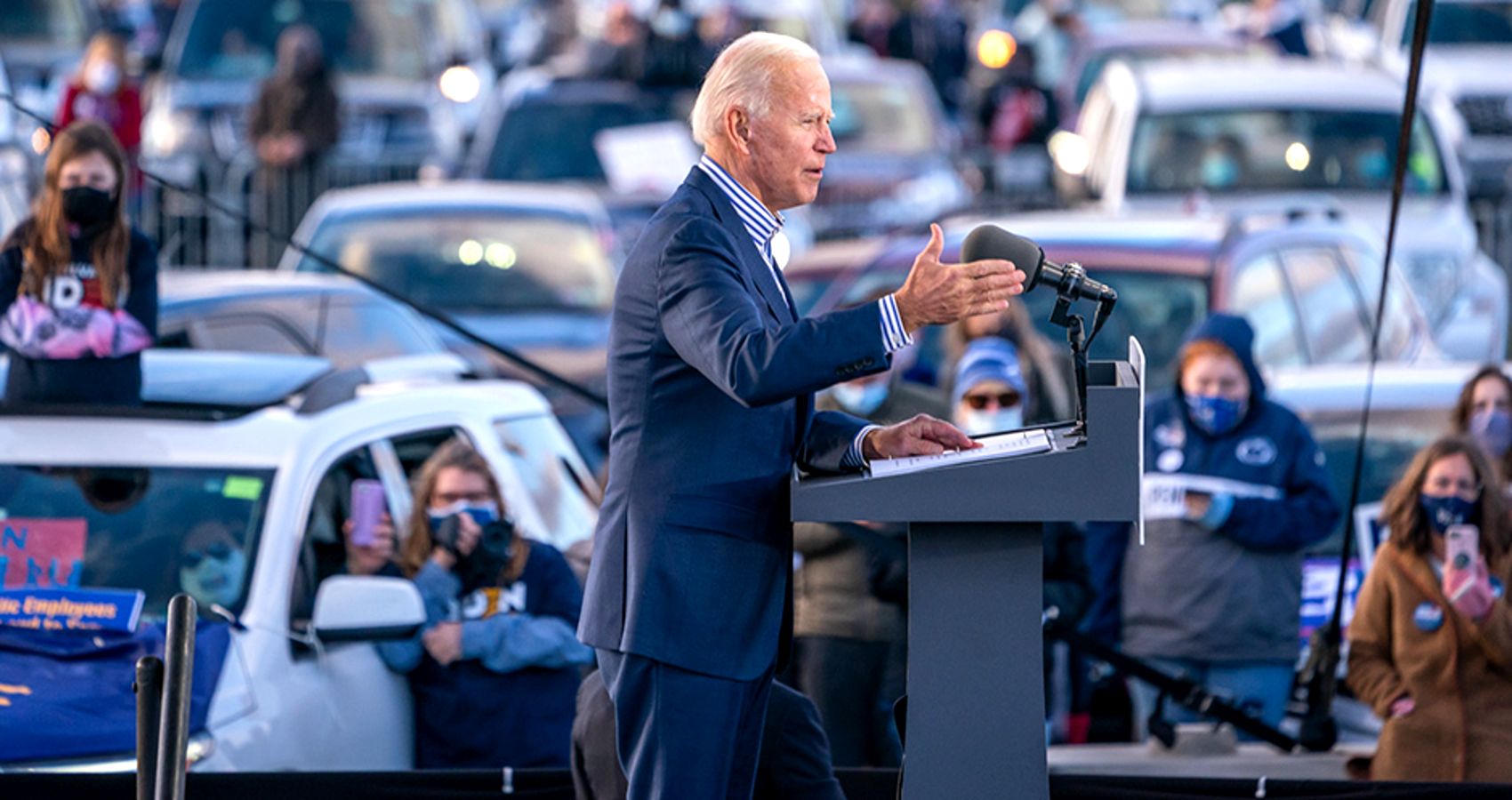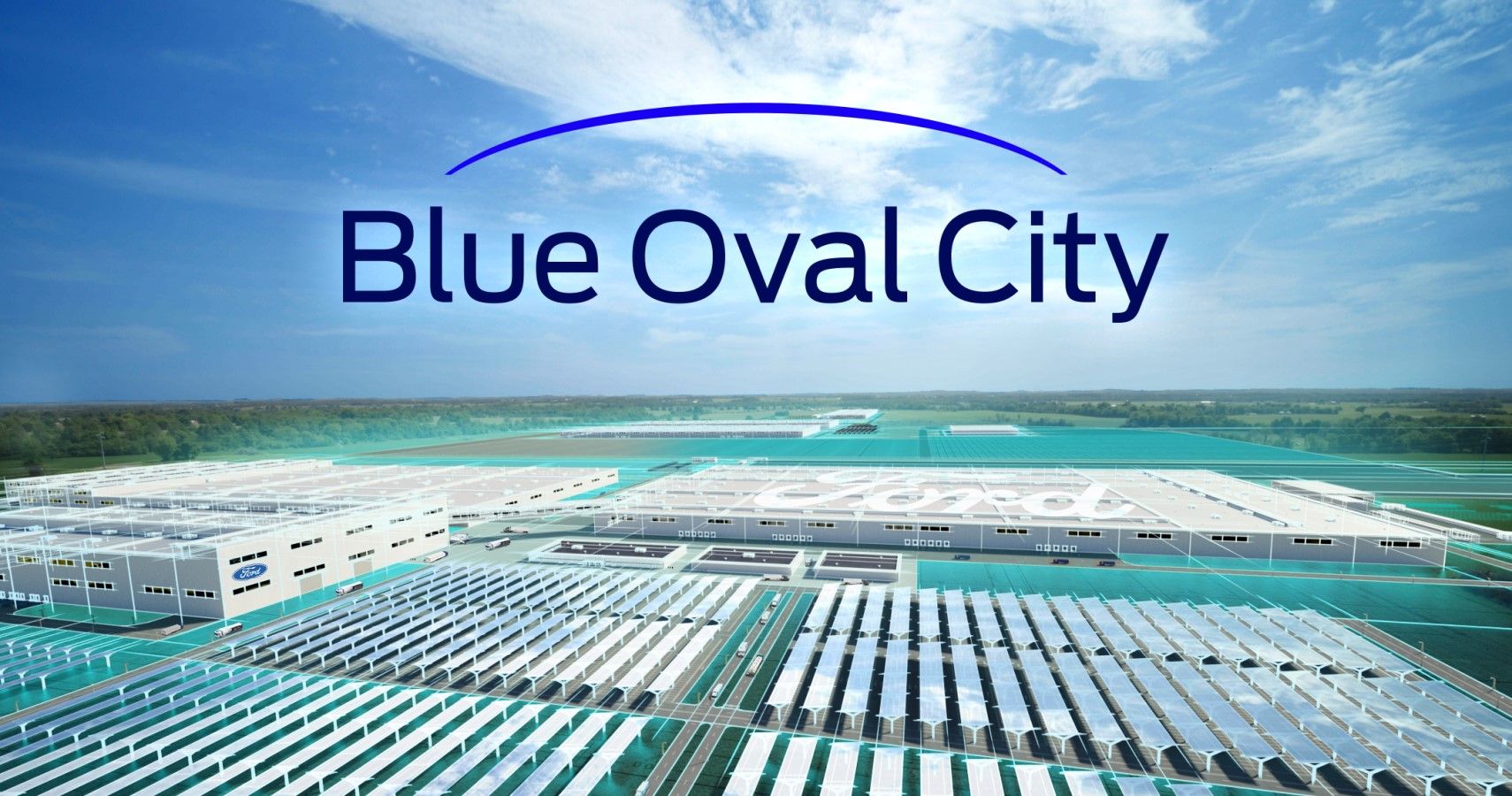The U.S. EPA has finalized the most ambitious emission norms and standards for passenger cars and light trucks in the USA. The new norms are set to bring down vehicular pollution by billions of tons, improve public health, and also reduce the cost burden on consumers for fueling up at pumps. The new guidelines are set to be the tightest yet seen, including a minimum mileage requirement of 55 miles per gallon for all vehicles starting from 2026.
The U.S. Environment Protection Agency had announced newer norms and standards that will revolutionize regulation of vehicle emissions and drastically reduce the impact on the environment and subsequent rise in temperatures. These norms come as the most stringent rule, the most significant climate action decision taken by the Biden administration, and the highest level ever set for fuel economy at 55 miles per gallon. This would require all passenger vehicles to have a minimum fuel average of 55 miles per gallon, as opposed to the current minimum fuel average at just under 38 miles per gallon.
What Will Be The Impact Of These Norms?
The new norms will prevent the release of about 3.1 billion tons of Carbon Dioxide, which is one of the many greenhouse gases that warm our planet. This target should be achieved by 2050 according to EPA estimates. The new norms will also decrease gasoline consumption by 360 billion gallons, which will result in a 15% reduction in annual gasoline consumption across the USA by 2050. The agency also estimates that on average, motorists will save $1080 on fuel costs over the lifetime of their more efficient vehicles.
Transportation is the single largest source of greenhouse gas emissions in the USA, counting for 29 percent of the nation’s total emissions, and these new standards will be a major step in the Biden administration’s plans for reducing the US’ contribution to global climate change. These norms will be one of the steps in EPA’s plans to reduce the number of gasoline vehicles produced by major companies. Since tailpipe emission rules affect the average mileage provided by a gasoline-run car, these stringent standards will force auto companies to focus more on their electric sales rather than conventional pickup trucks, SUVs, and other vehicles with low mileage.
How Will EPA Achieve This?
Now, these plans are optimistic on EPA’s end, but there are some logistic issues that the government needs to solve before heading for such a drastic transformation towards electric vehicles. The Biden Administration is trying to fulfill the objectives that were set by the Obama government dating back to 2012. About $26 Billion in tax incentives is pending approval from Congress. This is a part of the larger $2.2 Trillion Build Back Better Act, which still faces opposition in Capitol Hill. One of the provisions of the bill includes a $7500 tax credit for all purchasers of electric vehicles and an additional $4500 tax credit if the car has been produced by union workers.
Last month, a major decision was taken when Congress passed a $1 trillion infrastructure bill that includes $7.5 billion to set up 500,000 charging stations across the nation and an additional $7.5 Billion to build supply chains to help in EV production. The government also announced that by 2035, all vehicles purchased by the federal government should be zero-emission.
Positive Comments On The Revolutionary Decision
While the decision is one for the future and sustainable development, the reactions have been positive, with many praising the federal government’s role and helping in this respect. John Bozzella, President and CEO of Alliance For Automotive Innovation, which is a trade body including leading automobile makers from around the world commented, “EPA’s final rule for greenhouse gas emissions is even more aggressive than originally proposed, requiring a substantial increase in electric vehicle sales, well above the four percent of all light-duty sales today. Achieving the goals of this final rule will undoubtedly require the enactment of supportive governmental policies – including consumer incentives, substantial infrastructure growth, fleet requirements, and support for U.S. manufacturing and supply chain development.”
Representatives from Ford praised the decision and stated, “For our part, Ford is committed to being fully carbon-neutral worldwide no later than 2050 and is driving carbon reductions by leading the EV revolution and making big investments and breaking constraints to rapidly scale up production of the iconic, electric vehicles customers want.” This comes on the pretext of Ford planning to invest more than $30 billion in its EV segment and electrifying 40% of all Ford vehicles by 2030. Thus, the new EPA norms have been well-received by the entire automotive sector and will prove to be an important step in reducing environmental pollution and adopting more sustainable methods.




